Most Common Skin Disorders And Conditions
Individuals who find themselves dealing with some type of skin irregularity and are questioning what exactly it might be are not alone. Most men and women deal with some type of skin problem at least once throughout their lives. Most, in fact, deal with a skin condition at least once a year. Figuring out what the skin condition is and seeking out the right treatment is important in staying as healthy as possible.
Get the details on the most common skin disorders and conditions now to paint a good picture of what individuals experience the most often. This will be of great benefit when it comes to diagnosing issues and treating them.
Cold Sores
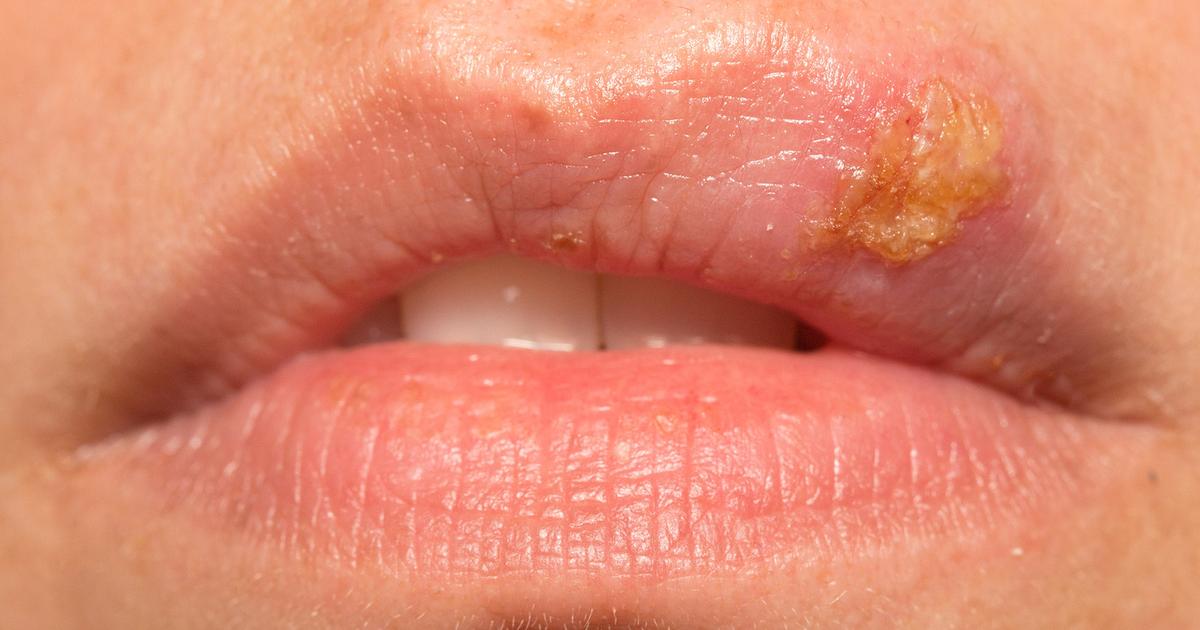
Cold sores typically appear on an individual's lip and can last well over a week, particularly when nothing is done to treat them. These unfortunate blisters are the result of the Epstein-Barr virus, which most individuals contract at some point in their body. Unfortunately, once infected, the virus never goes away, but simply enters periods of dormancy. Hormonal shifts and stress are two triggers for cold sores. As cold sores are quite contagious, it is important to avoid contact with others and to receive prompt treatment.
Shingles

Individuals who have had chickenpox should not count out shingles as the possible diagnosis behind a rash. The shingles rash is usually painful, giving off a burning feeling, and will eventually blister into itchy bumps. Thankfully, shingles is relatively treatable and usually the condition disappears somewhere between one to two weeks. It is important to note, however, certain side effects often linger around for quite a bit longer, such as pain, numbness, or itching, especially when shingles is not treated promptly and efficiently.
Hives

Bumps on the skin that are lighter and more swollen-looking could be hives. They often occur as an allergic reaction to something, but may also be triggered by certain illnesses, such as strep throat. They can appear anywhere on the body and could last for days. Individuals concerned about hives should pay attention to what foods they consume, what medications they take, and other potential triggers (e.g. in their environment, such as pollen). Paying close attention can help them identify what the issue might be, which can subsequently assist doctors and the development of an effective method of treatment or management strategy.
Acne
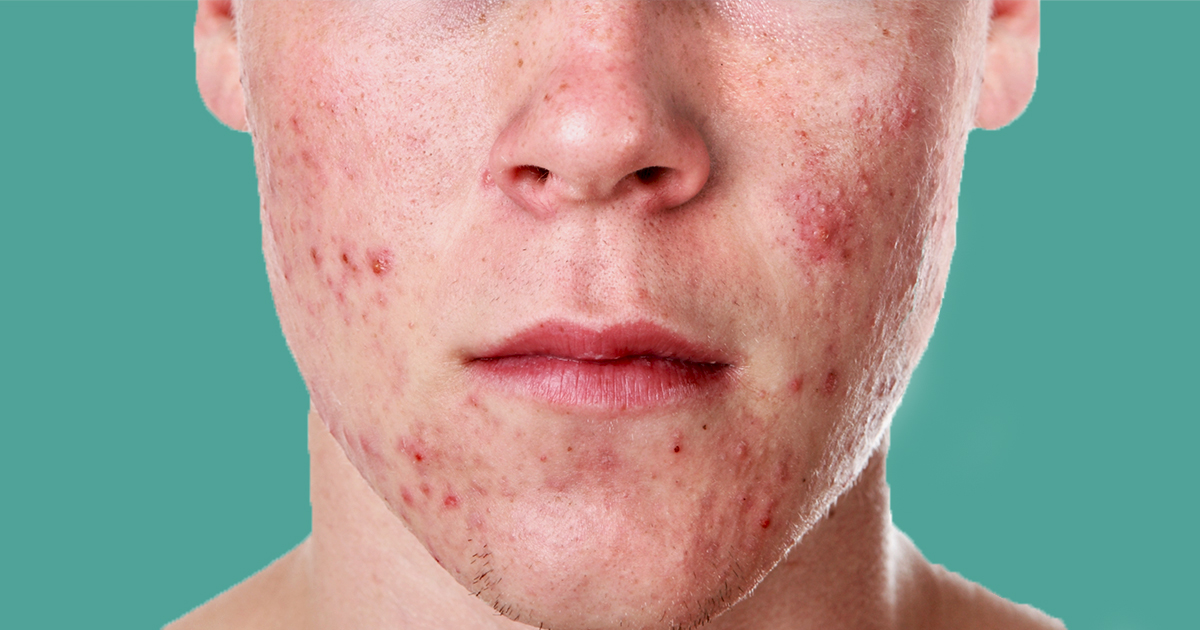
This all too common disorder is a problem for many. Acne comes in a variety of shapes and sizes, and it could appear anywhere on an individual's body. Some have only minor issues with acne, only getting a zit every now and then, but individuals who seem to constantly battle with acne may wish to talk to their doctor or dermatologist about appropriate treatment methods. While pimples are common during an individual's teenage years due to puberty, and yes sometimes acne can be the result of too much oil on the skin, there are other issues related to acne individuals should be aware of. This includes cystic acne, which typically always requires medical intervention and is not simply fixed through skincare.
Warts
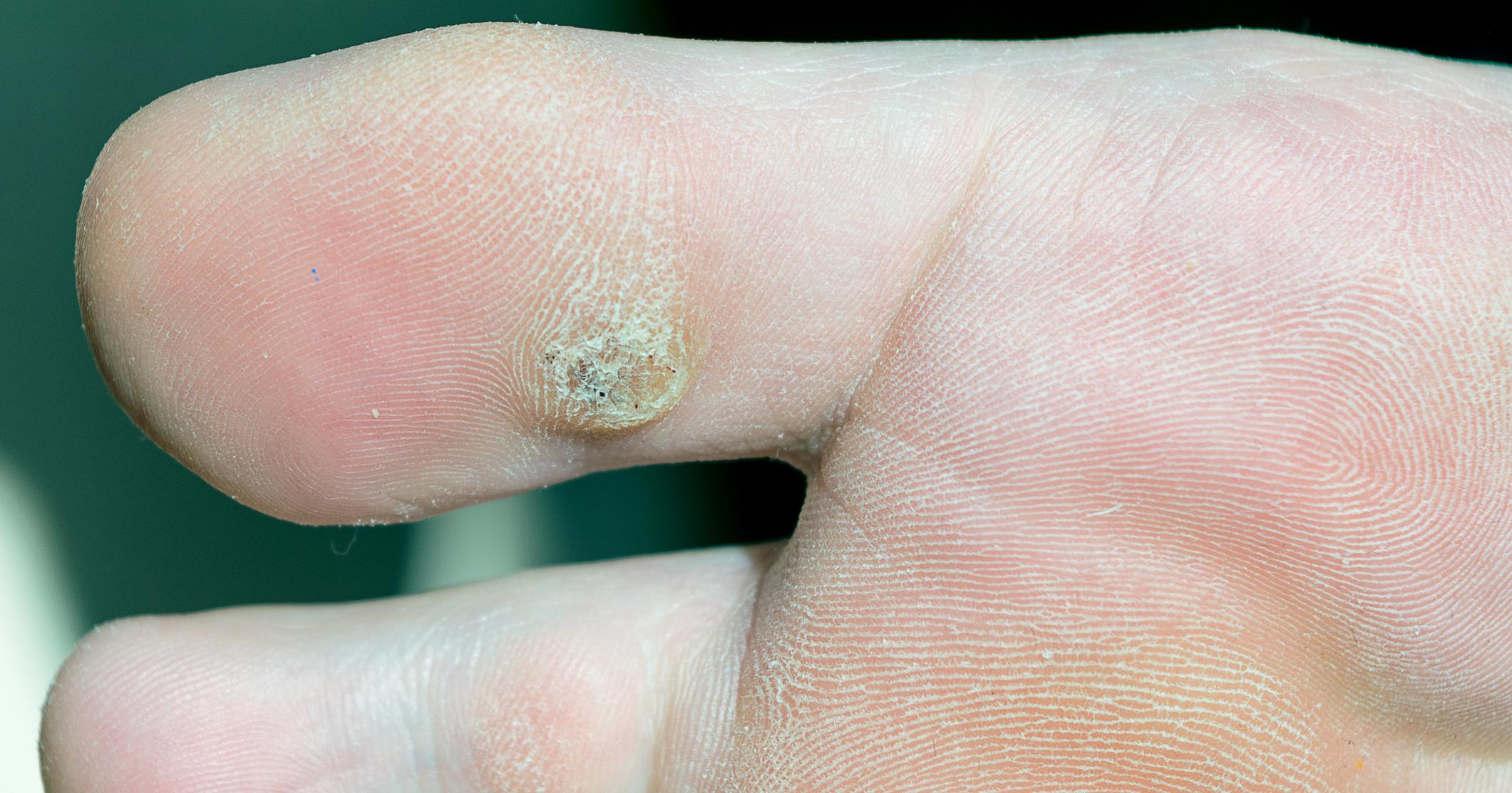
Warts are skin growths caused by some strains of the human papillomavirus. While they can disappear on their own, this often takes months or even years. Additionally, warts are relatively contagious, so prompt treatment is crucial to avoid spreading the virus causing them to others. Thankfully, many warts are not painful, though they are unsightly. Individuals can get over-the-counter treatments for many warts, but they may also wish to visit a doctor for prescription treatment and options they are unable to perform themselves. In the meantime, individuals with warts should keep them dry and avoid picking at them to avoid infections or making them spread.
Psoriasis

Psoriasis is caused by the cells multiplying much faster than they should. Individuals dealing with cases of psoriasis find themselves patches of red skin covered in white scales, typically on their knees, elbows, hands, or scalp. While this condition tends to come and go, and thus patients do get some reprieve, it can be uncomfortable, damaging to self-esteem, and quite difficult to treat. When psoriasis does go away, it often reappears after a stressful or traumatic life event. There are many forms of treatment, both natural and not. Psoriasis patients should consult a doctor to evaluate the best course of action.
Eczema
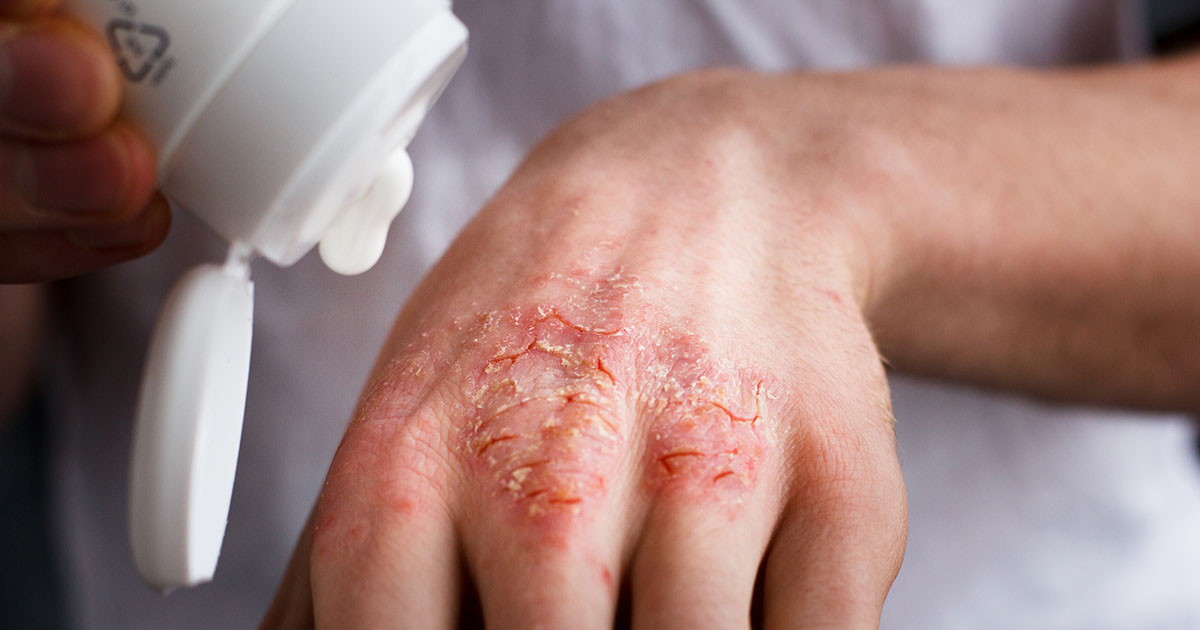
Individuals who often find themselves dealing with dry and itchy skin, especially if it can progress to cracked and bleeding skin, along with a rash, they may be dealing with a common skin condition known as eczema. Thankfully, eczema is manageable, though the majority of individuals with severe cases do require special ointments or creams, or even medication to help their symptoms. Changes in climate, increased stress, or certain types of creams or soaps (particularly those with fragrance) can cause an outbreak of eczema to occur. Individuals concerned about eczema should seek out a doctor’s advice for effective treatment.
Rosacea
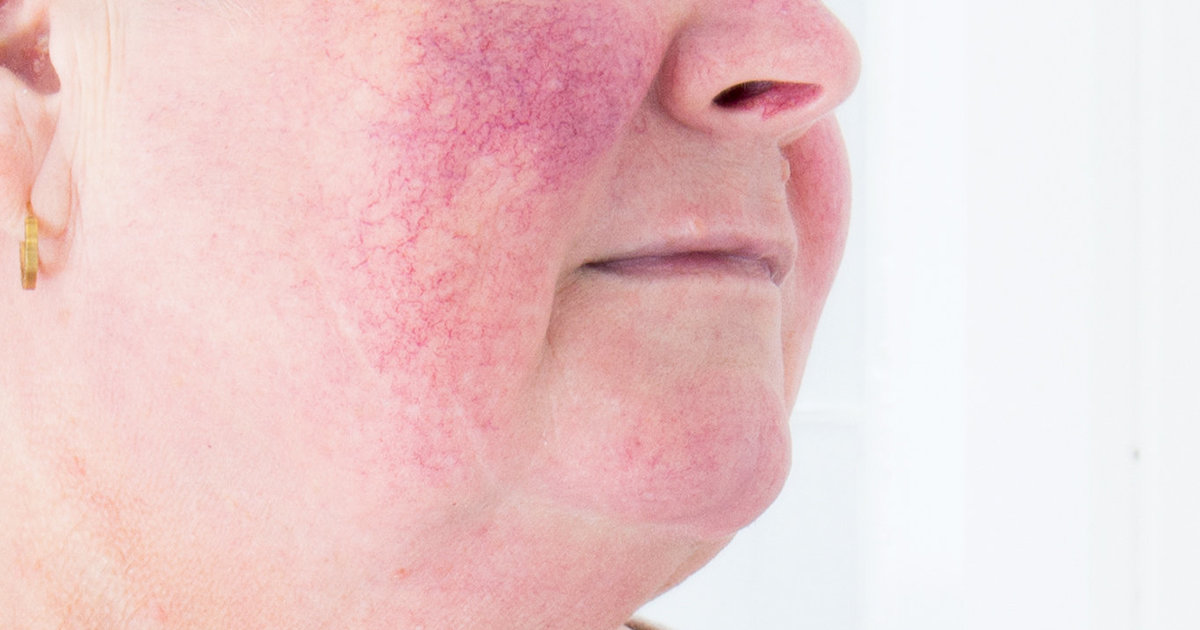
Rosacea a common skin disorder characterized by a predisposition for the skin to blush or become flushed easily. According to the American Academy of Dermatology, there are four types of rosacea: Erythematotelangiectatic, typified by redness, flushing, and visible blood vessels in the face; Papulopustular, typified by redness and swelling of the face, as well as breakouts that resemble acne; Phymatous, typified by thick, bumpy skin; and Ocular, typified by red, irritated, and swollen eyes.
Rosacea is prevalent mostly in white women, though it is typically more severe in men and can eventually result in rhinophyma. There are no tests for diagnosing this skin condition, and dermatologists typically diagnose it through medical evaluations that rule out other potential causes. Treatment plans involve switching to gentle skin care products, avoiding triggers, and using subtype-specific remedies, such as laser treatment, surgery, or topical ointments. Over fourteen million individuals live with rosacea worldwide.
Blisters

Blisters are sacs of body fluid, such as lymph, plasma, blood, or pus, on the outer layers of the skin. Friction and pressure in the same area of skin, such as ill-fitting shoes rubbing against parts of the foot, is the common cause of blisters. Other causes include burns, eczema, poison ivy, and autoimmune diseases such as pemphigus. Blisters usually heal on their own, however, using bandages can help keep the area clean and make healing faster. Draining the fluid from the sacs is not recommended because it increases the risk of developing an infection, but monitored drainage is permitted if the blisters are large or painful. Methods of preventing blisters from occurring include ensuring shoes fit properly, wearing moisture-wicking socks with shoes, and wearing protective gear on the hands when using any equipment that causes friction, such as rakes and shovels.
Contact Dermatitis
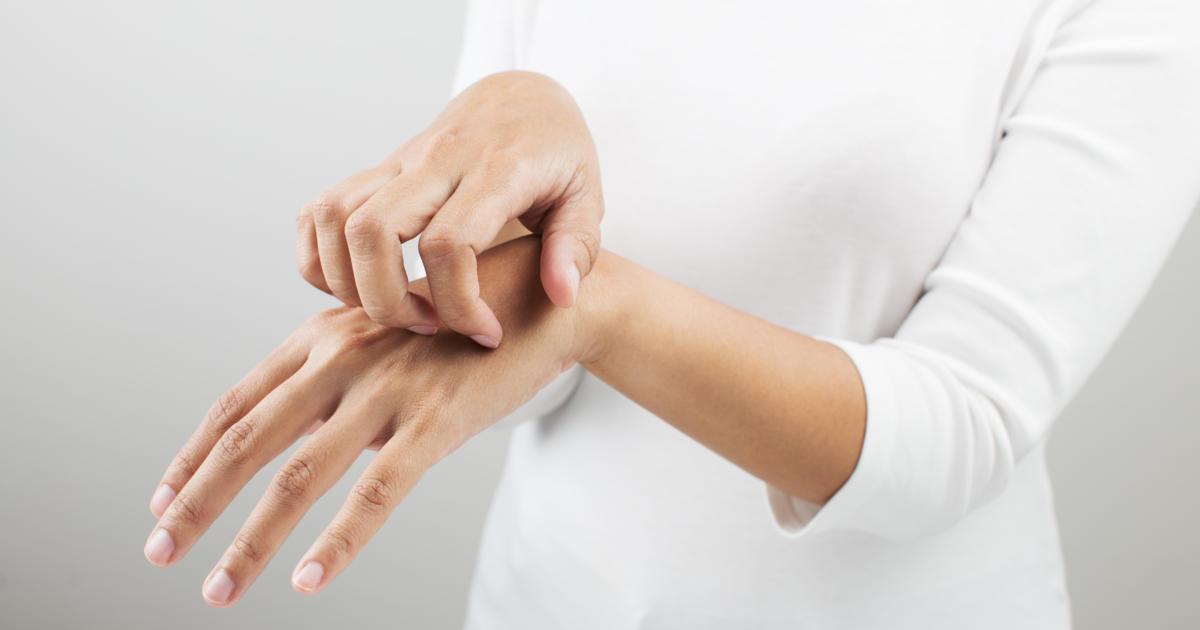
Contact dermatitis is a form of eczema that occurs when an irritant touches the skin, causing a rash to develop. There are two forms of this skin condition. An allergic reaction presents as a rash that develops after contact with poison ivy, nickel, makeup, jewelry, or latex gloves. Rashes can also form as a result of contact with toxic irritants like bleach, battery acid, or pepper spray, as well as other irritating substances. Symptoms of contact dermatitis include itching, burning, or stinging skin; rashes or hives; and scaly, crusty, oozing vesicles. Individuals with asthma, hay fever, or eczema are at an increased risk of developing this skin disorder. Diagnosis typically involves an examination of the rash and patch tests to determine the cause. Treating contact dermatitis mostly involves avoiding identified triggers. Antihistamines, corticosteroid creams, and moisturizers are recommended treatments for mild reactions. Stronger medications are often prescribed to help reduce the symptoms of severe reactions.
Athlete’s Foot
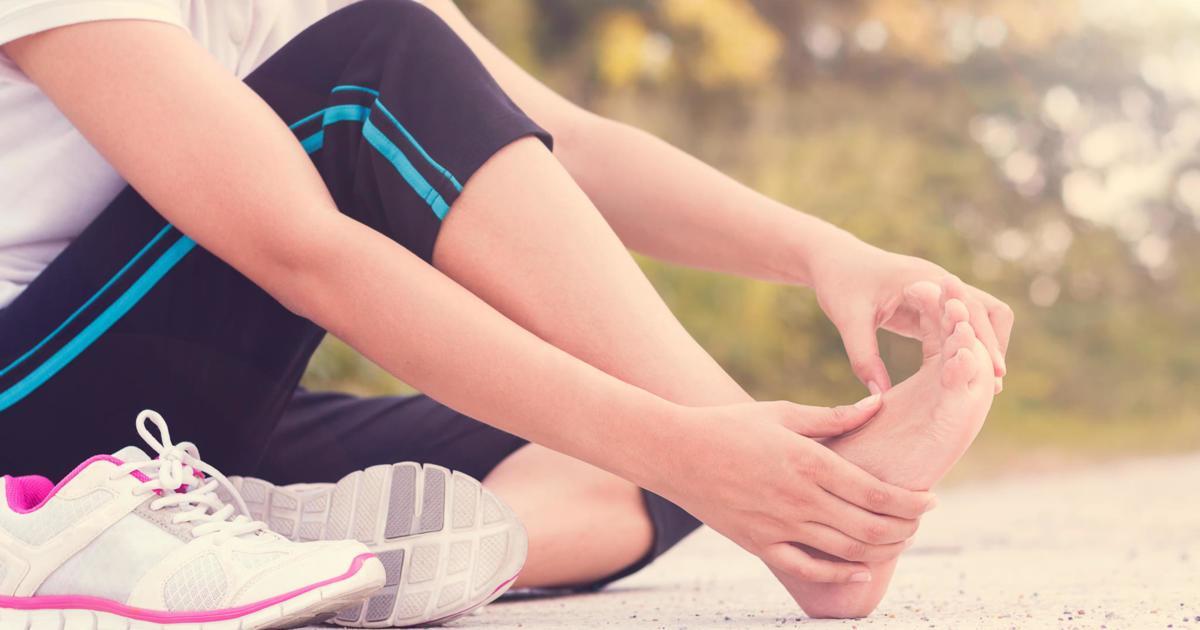
Athlete's foot, also called Tinea pedis, is a common fungal infection that targets the space between the toes. The clichés about communal showers are true, as this skin condition develops after contact with damp surfaces, such as swimming pools, locker room floors, and showers. These areas are perfect breeding grounds for fungi, and warm, dark, moist environments, like in a shoe, emboldens the fungi to thrive. Dry-looking skin, itching or burning between the toes, and scaly or peeling skin are common symptoms of athlete's foot. Furthermore, fungal infections can spread by touching the infection and then touching another part of the body. The most common treatment for athlete's foot is antifungal medication, which is either taken orally or applied topically. If bacteria caused the infection, a podiatrist may also prescribe antibiotics. Practicing good foot hygiene, such as washing feet daily and wearing shower shoes, is the easiest and most effective method of prevention.
Razor Bumps And Burns
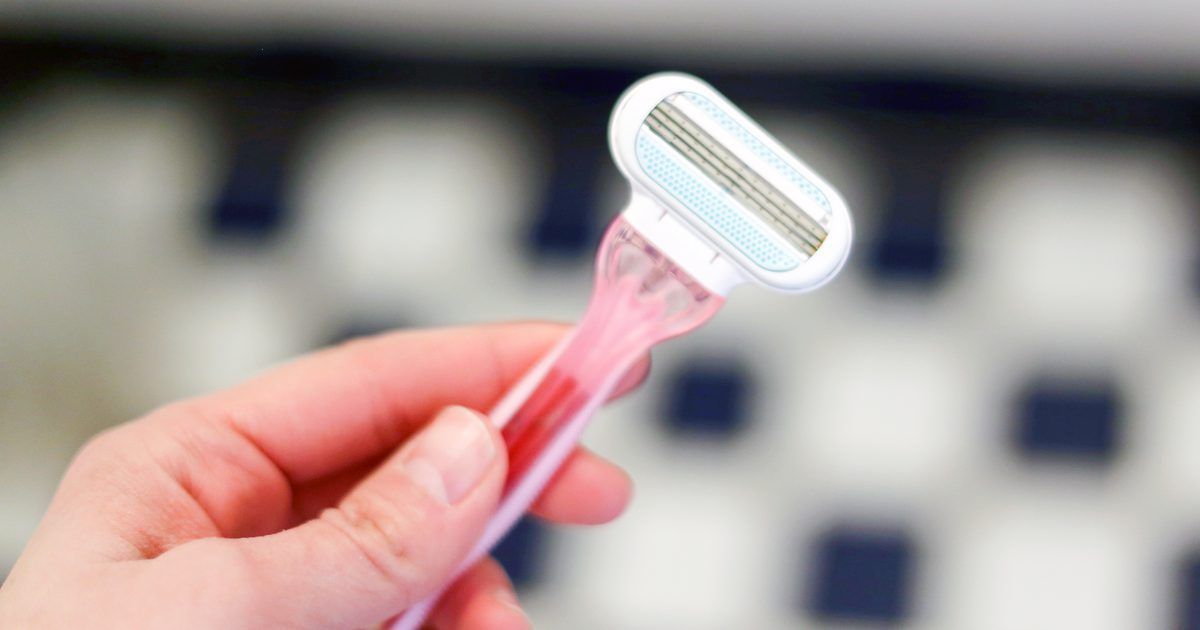
Razor bumps and burns are commonly caused by dry shaving, shaving against the direction of hair growth, or using old razors. The most common symptoms include burning, tenderness, itching, and developing small, raised bumps on shaved skin. Paying for high-end hair removal treatments is not necessary to deal with razor burn, though, as many home remedies help relieve symptoms. Aloe vera helps cool down irritated skin, and cool washcloths calm inflammation. Applying nonalcoholic moisturizes treat dryness and irritation, and over-the-counter topical creams with hydrocortisone treat inflammation. These creams should also be used to treat any small bumps that form. It is important to avoid shaving until the affected area heals to prevent infection or further irritation. Razor burn and bumps prevention methods include exfoliating the skin, using soap or shaving cream to shave, and replacing razors often.
